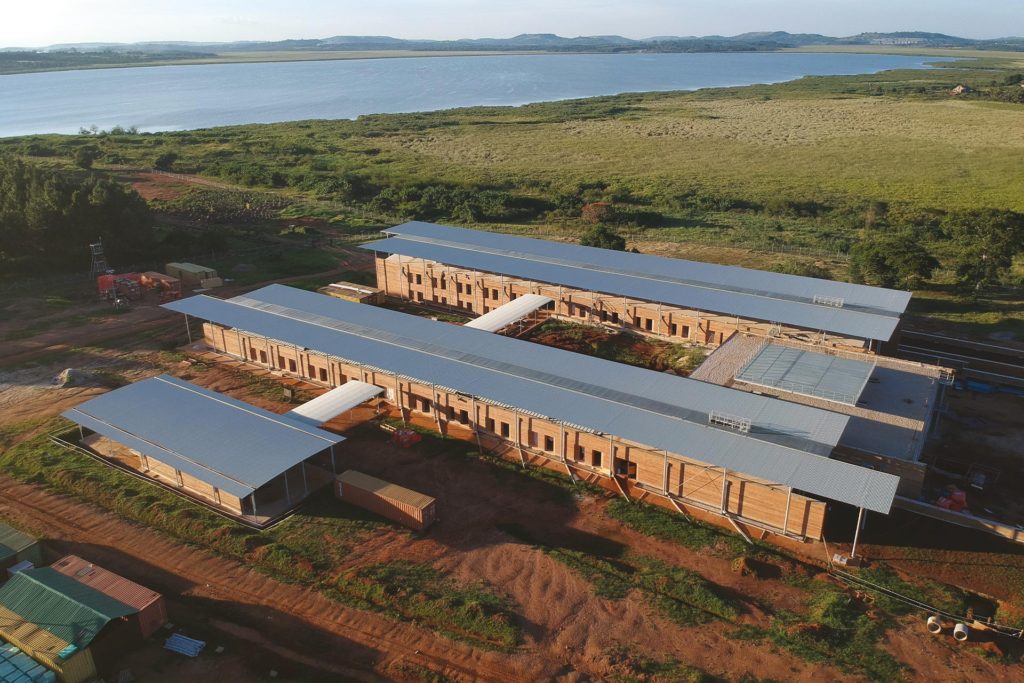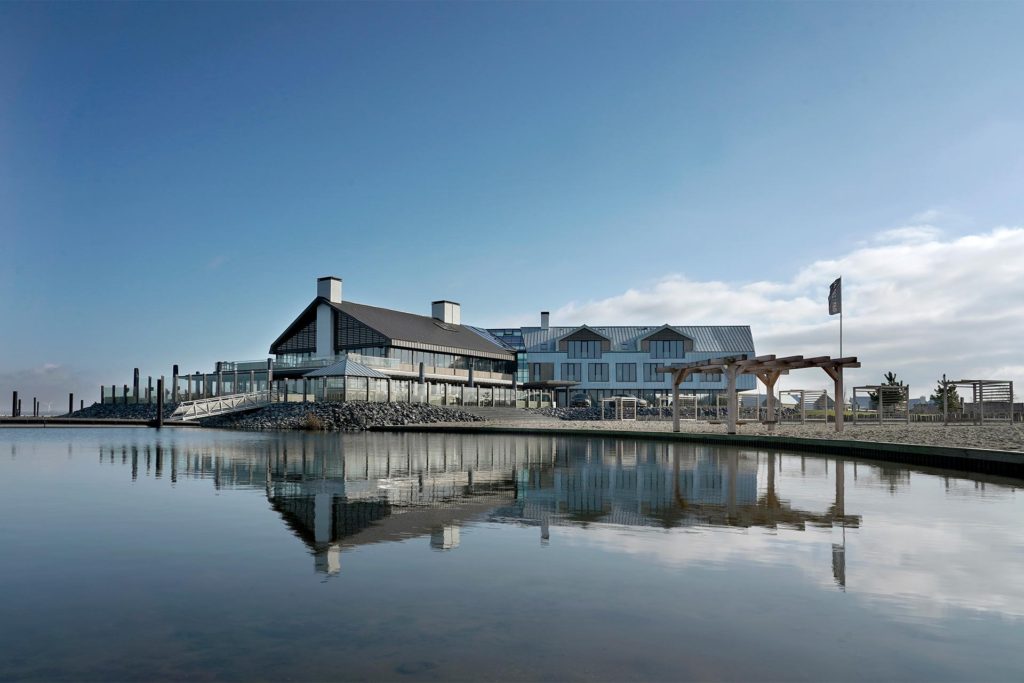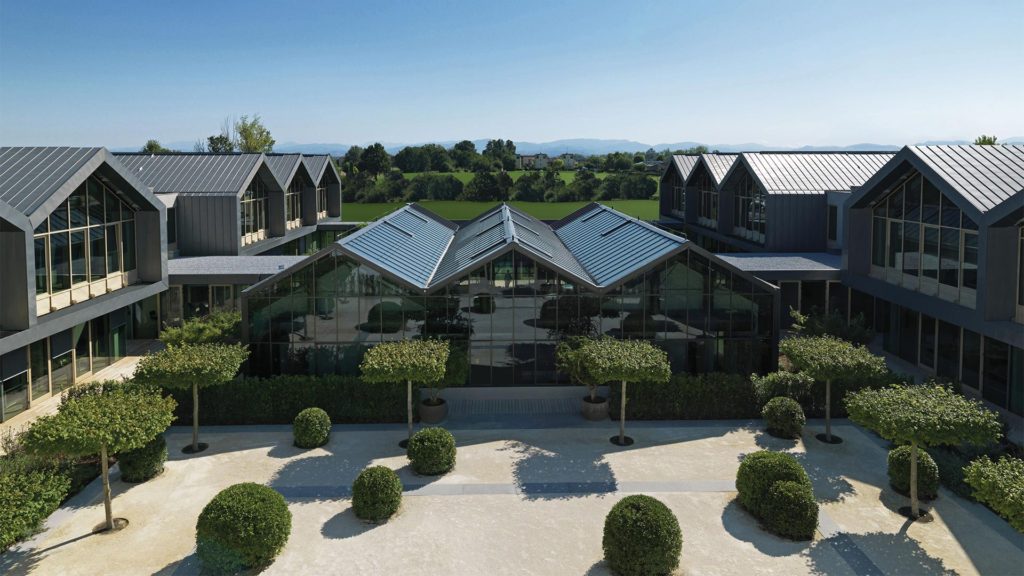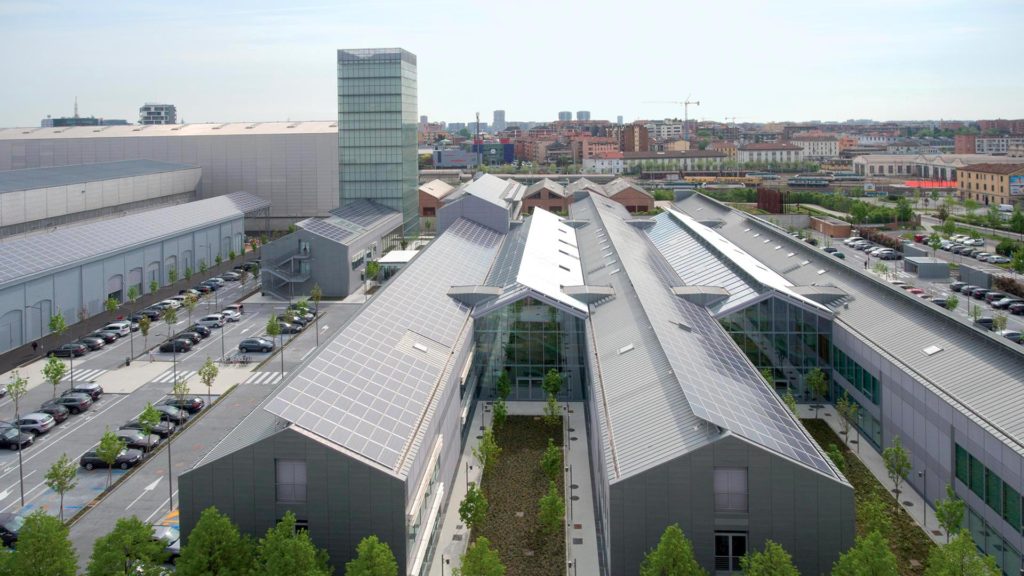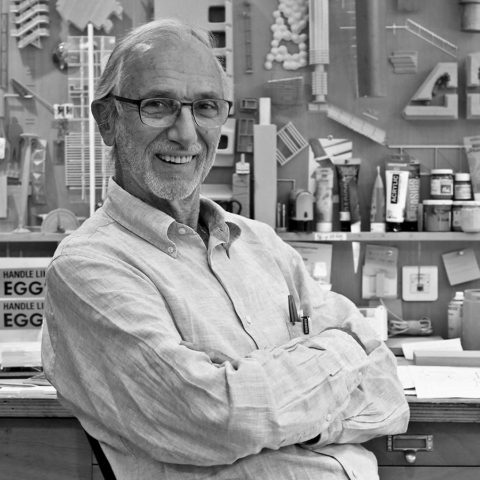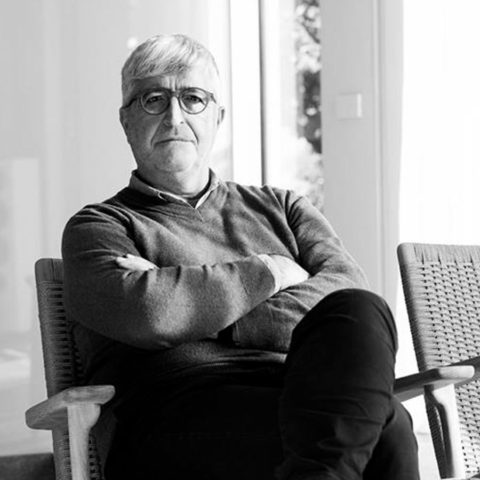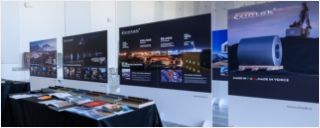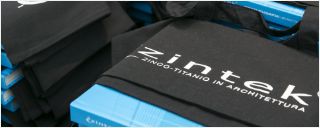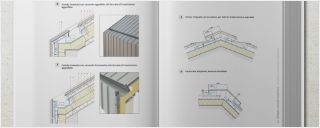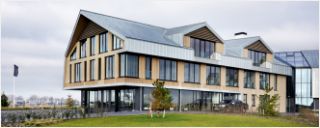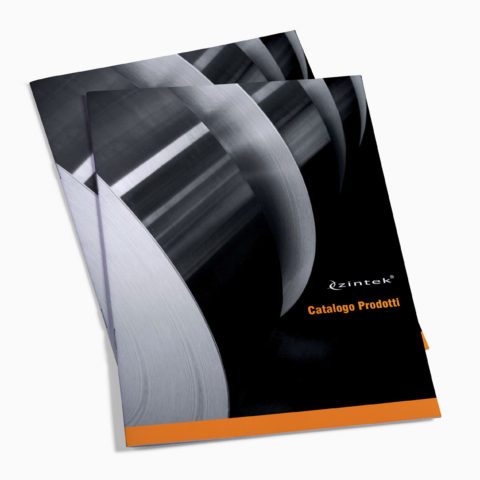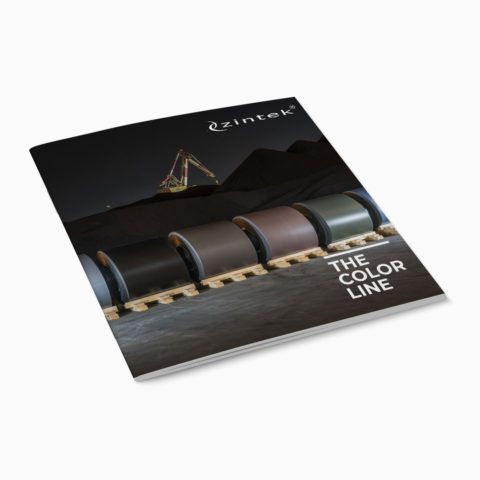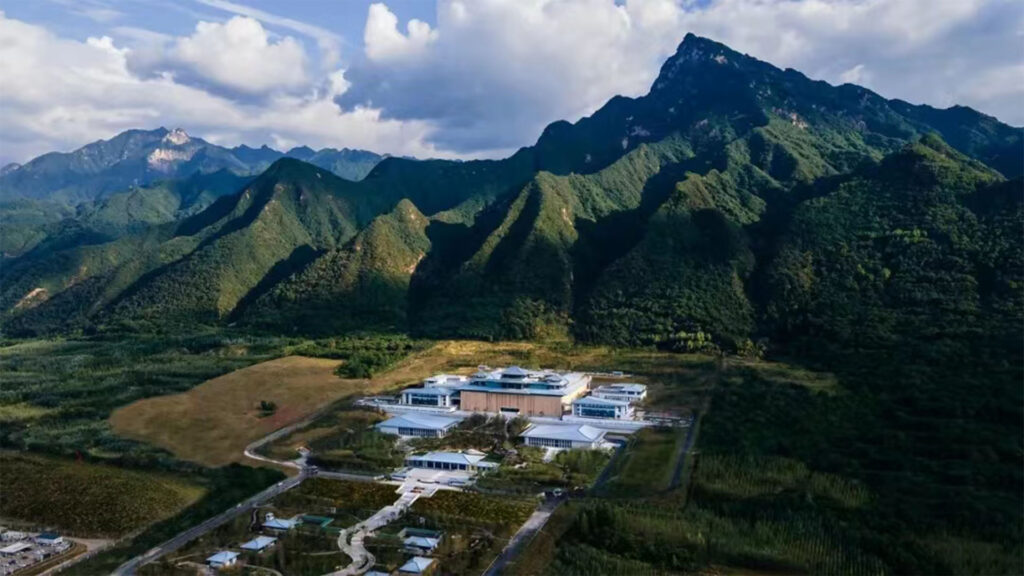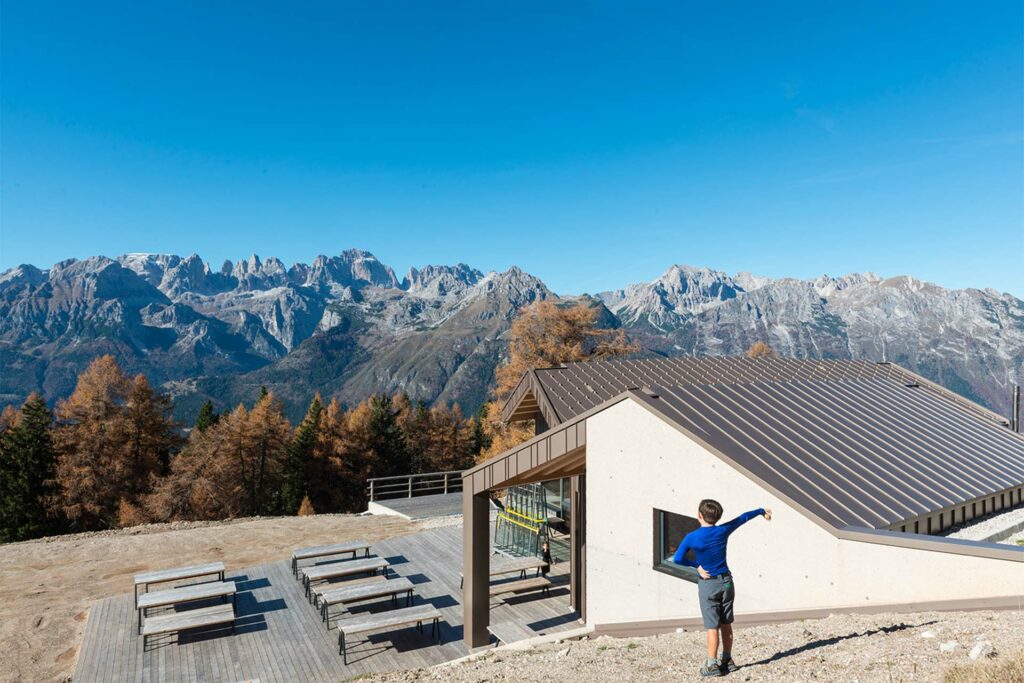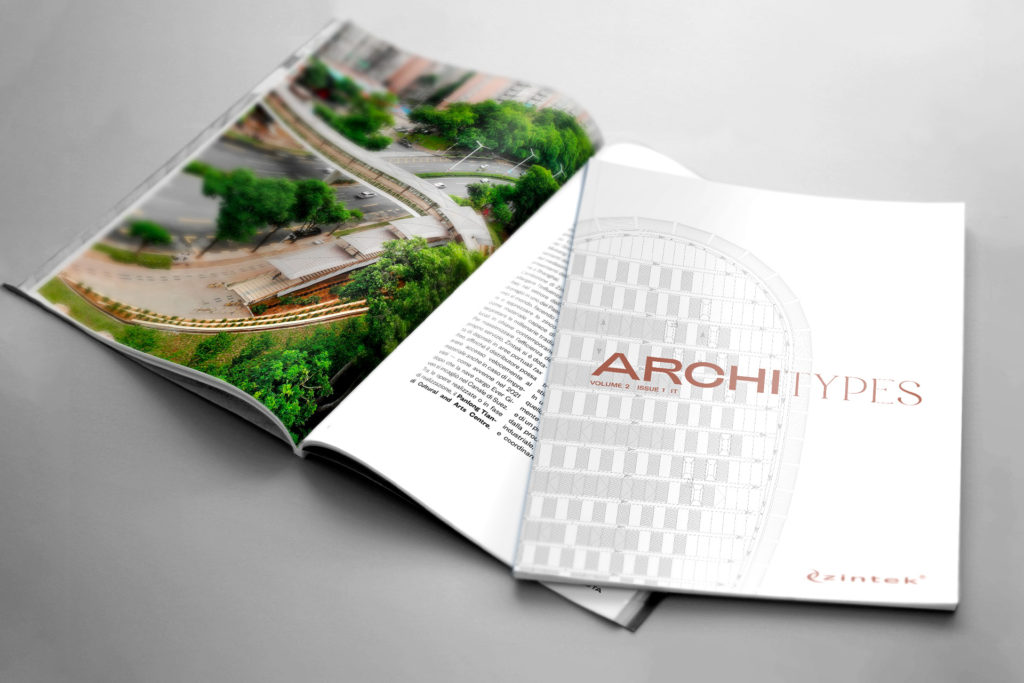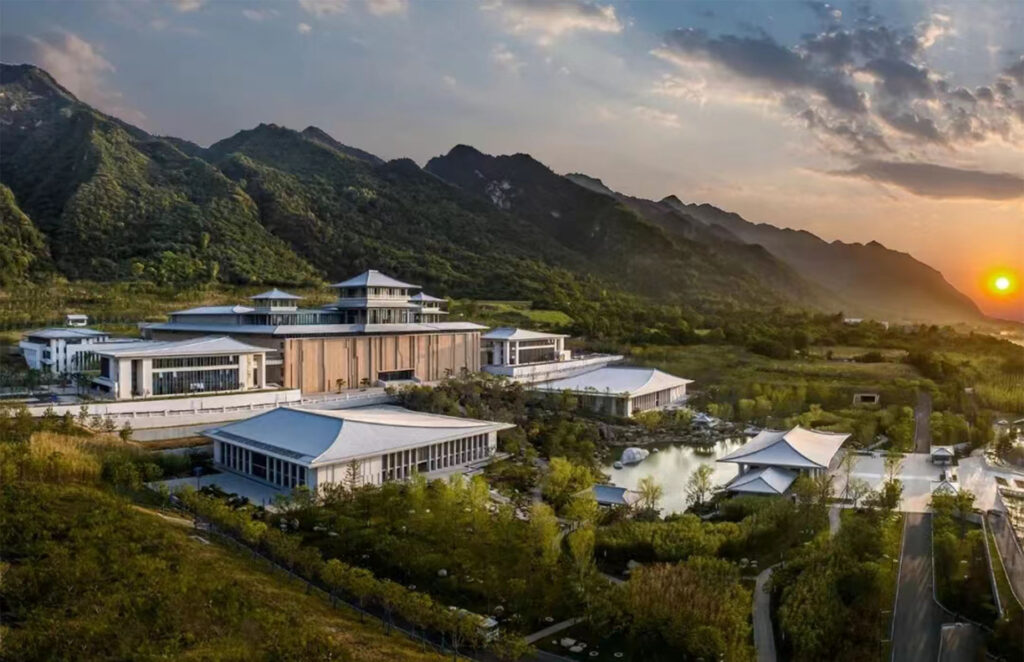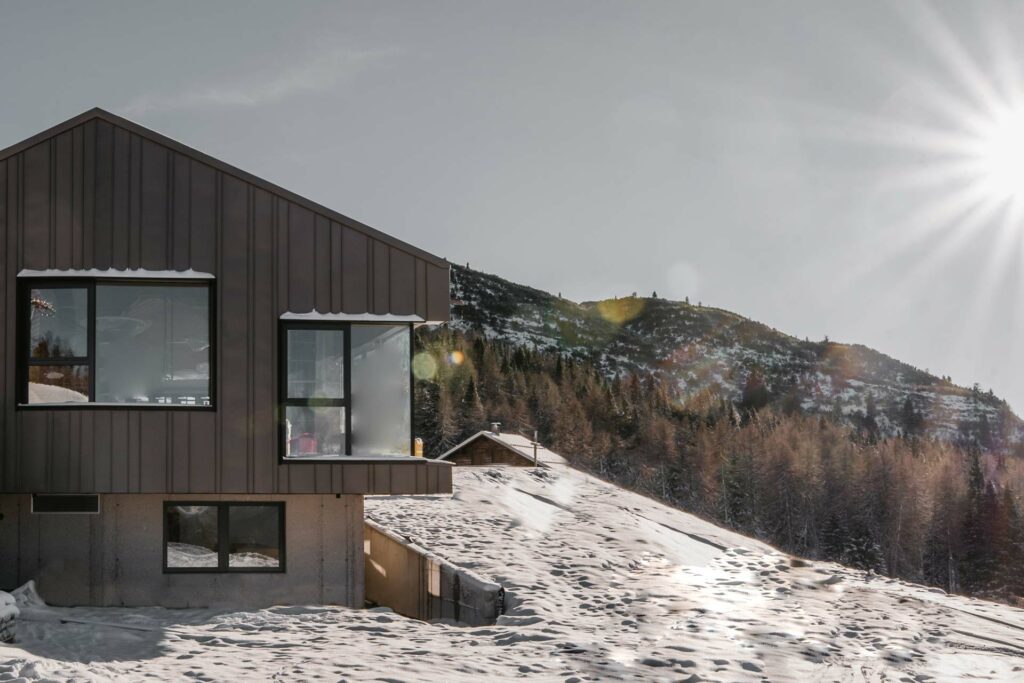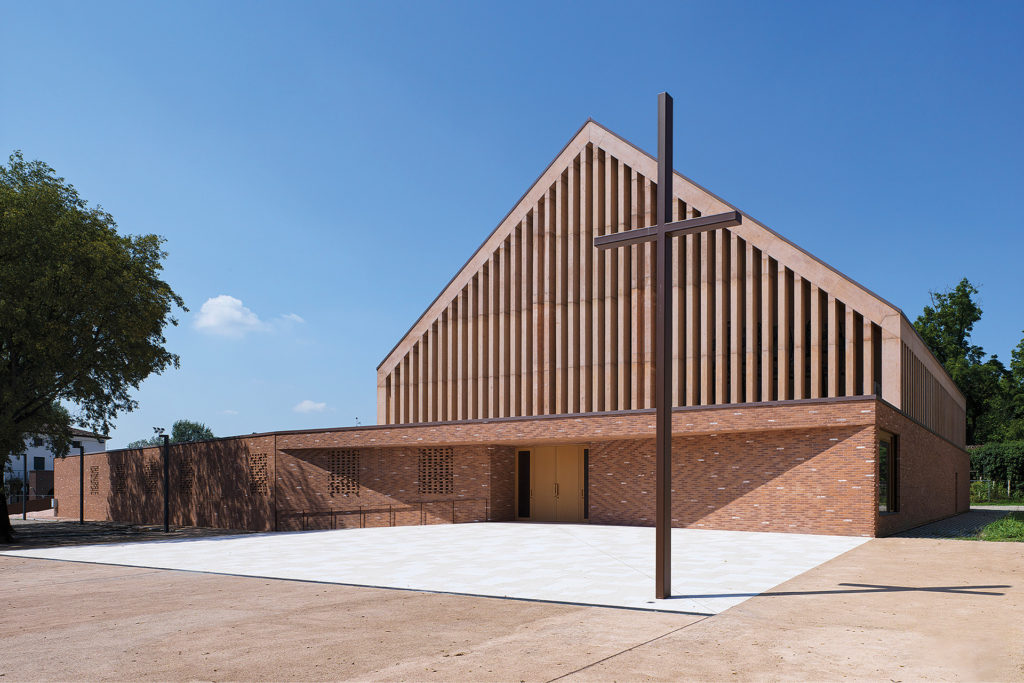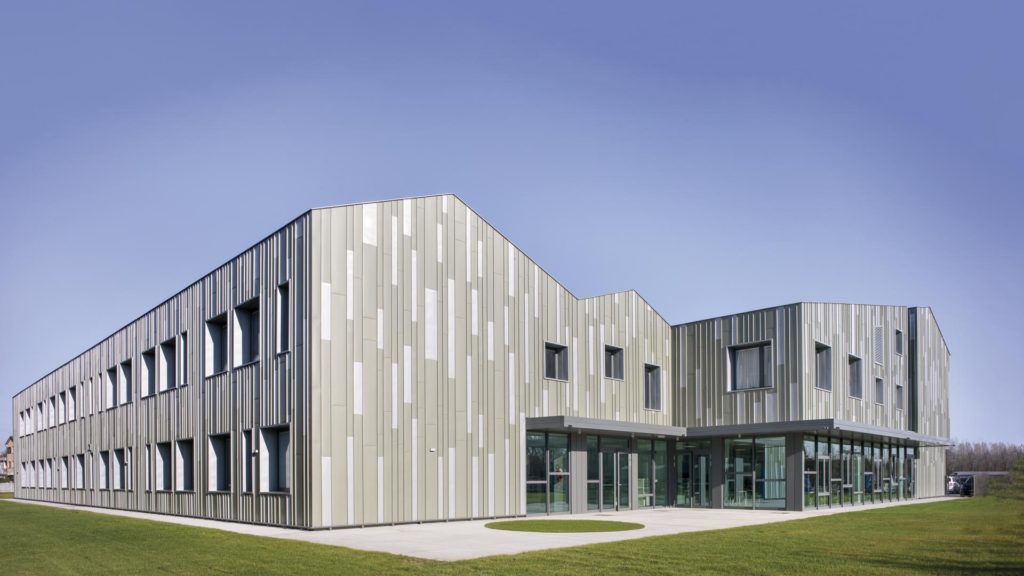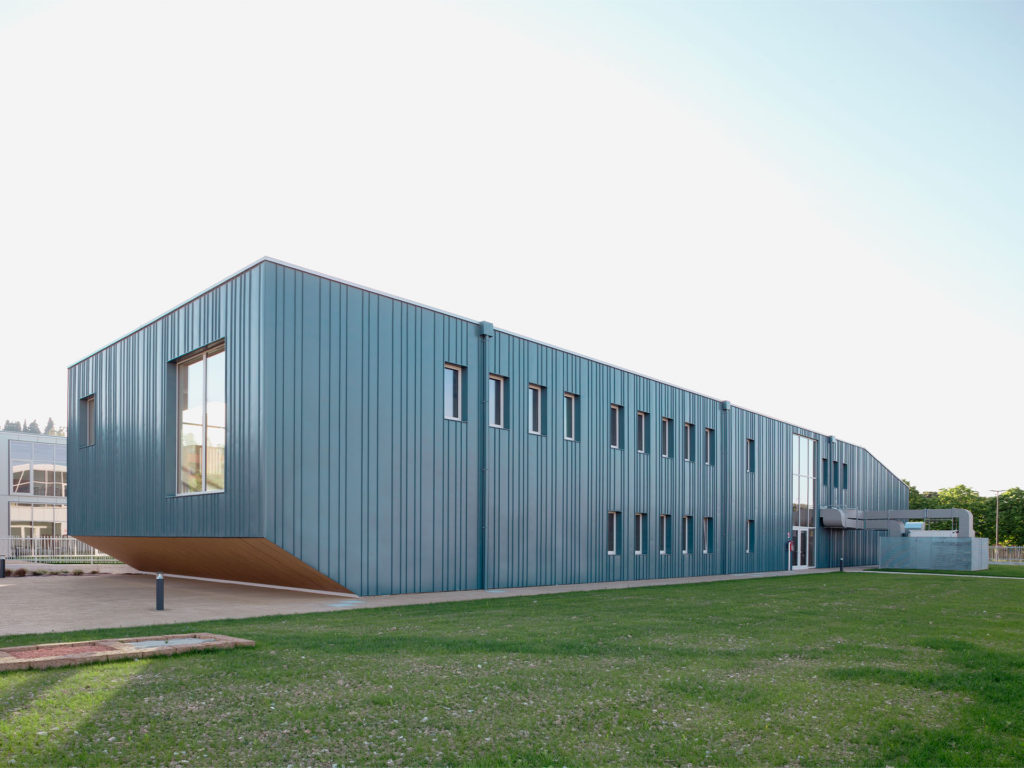Whether opaque, mirrored, or transparent, rigidly right-angled or draped in soft curves, a building’s outer surfaces are its manifesto: they describe its place in the world, its function, its desire to hide away or to emerge dramatically from its surroundings.
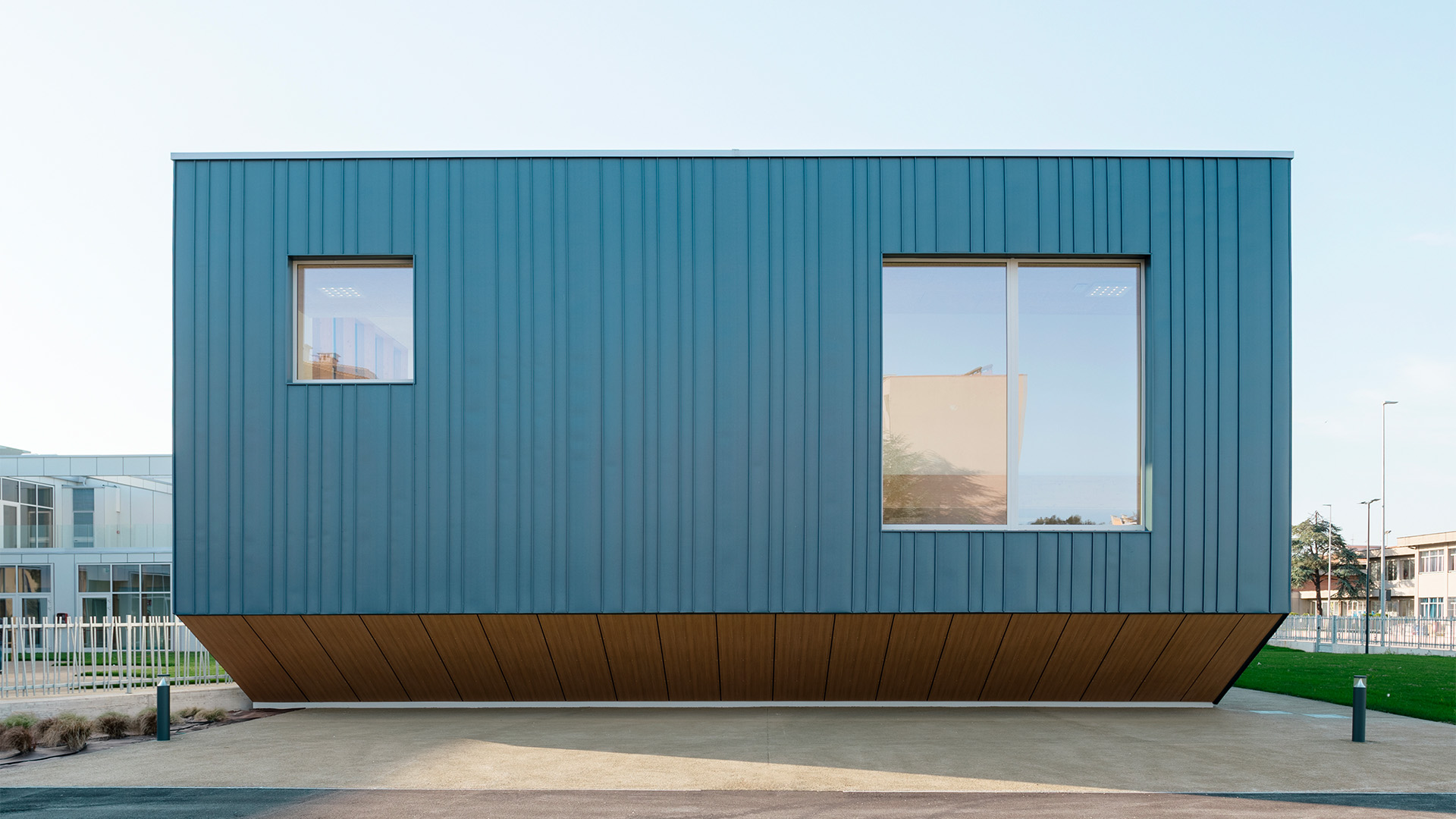
In previous centuries, precious materials like marble, a legacy of Ancient Greek and Roman tastes, were used to clad stone, brick, or wooden structures to amplify the owners’ power and prestige.
In the 19th century, the introduction of steel, often paired with glass, freed architects from the strict limitations imposed by brick and stone, allowing them to cover buildings using previously unimaginable surfaces.
The 20th century brought with it the development of reinforced concrete and load-bearing structures, that offered further design freedom. There was no longer any need to separate the roof and façade, and seamless cladding solutions became widespread, with no apparent break or change in material between the walls and the roof.
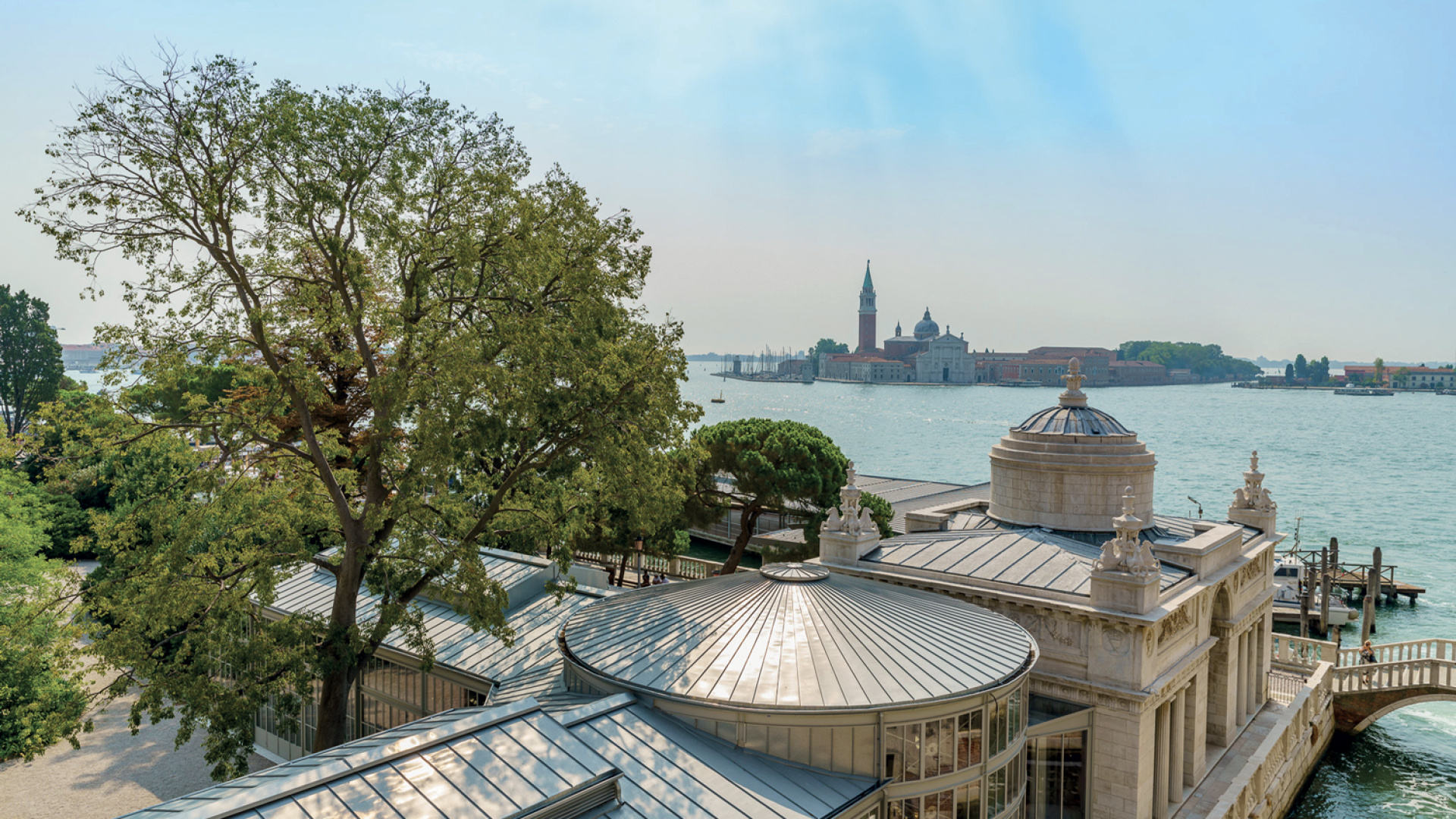
Over the past twenty years, with technical requirements and energy efficiency regulations becoming more stringent and sustainable lifestyles increasing in popularity, cladding has undergone an evolutionary leap, changing from a simple outer “skin” into a reactive system comprising roofs, façades, and any other element sitting morphologically or functionally between the internal and external environment.
This explains the upsurge in multilayer building envelopes designed to function as a “thermal buffer” and provide a selective filter for climate-related factors, including systems for regulating radiation and glare, and the growing popularity of ventilated façades with integral monocrystalline solar panels.
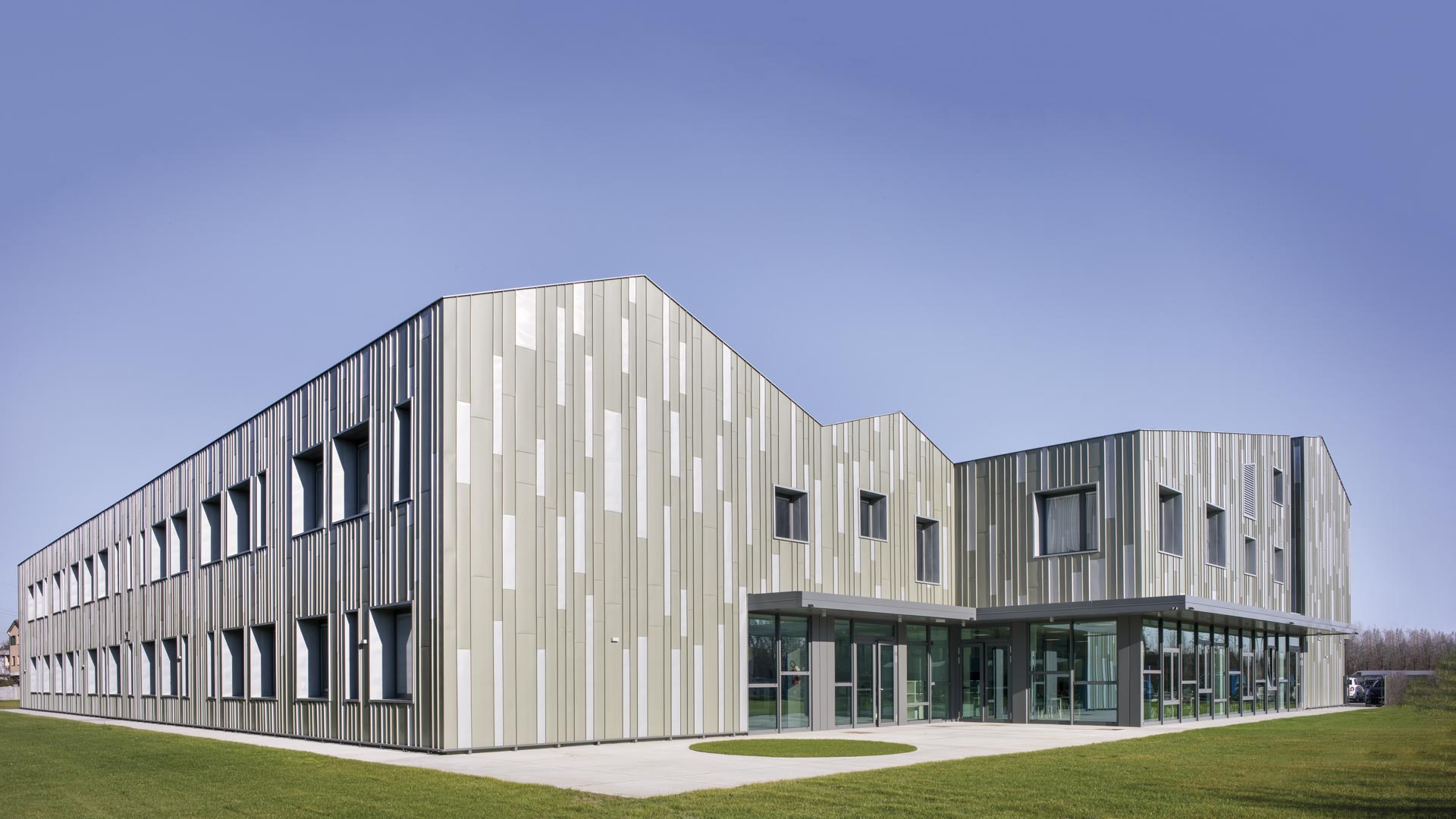
Technological research does not focus solely on new materials: it also involves traditional ones like stone, wood, and brick. It is metal cladding, however, the true star of this new wave of building envelopes: striated, ribbed, and rolled metals are back in the limelight. This includes their application on a number of top-level buildings, like the Guggenheim Museum in Bilbao, with its iconic titanium roof, or the Palazzo della Musica in Rome, that has three concert halls clad in ultra-thin sheets of lead.
Metal has a uniquely expressive power and can enhance the materials around it. The variety of options now available on the market has expanded its potential range of applications and allows buildings to preserve their original character, while retaining excellent technical and physical properties. Research and innovation have produced metal alloys with extraordinary characteristics, and titanium-zinc zintek® is one of them.
The essentiality of metal cladding, its cleanness, and chromatic neutrality facilitate its integration with other materials, while its versatility makes it the perfect element for building upon existing structures, restoring existing structures.

